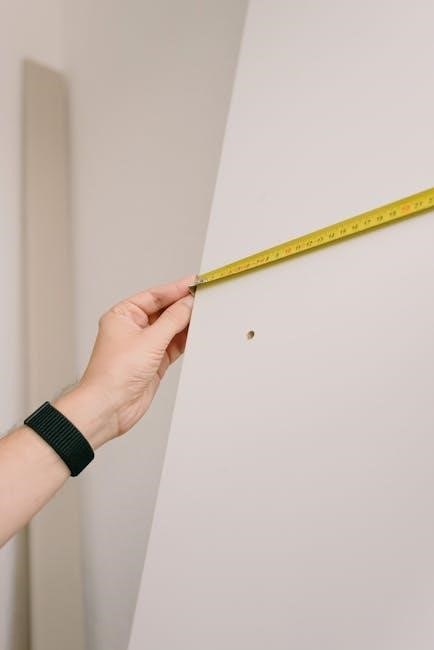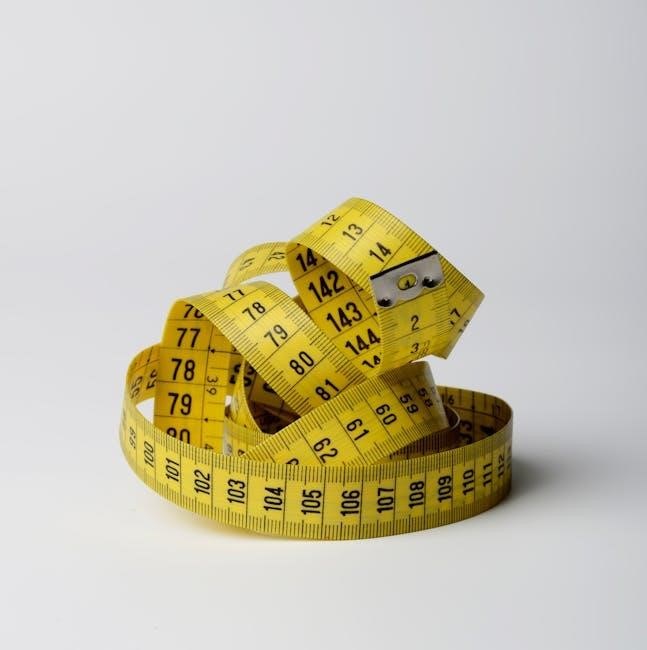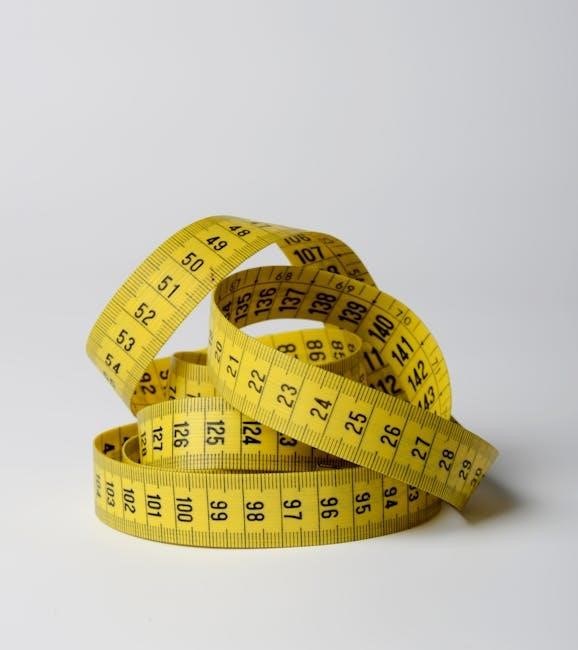
wakeboard length guide
Finding the right wakeboard length is crucial for enjoying your time on the water. Several factors influence this decision, including rider weight, skill level, and riding style. This guide provides a general overview to help you choose the appropriate size.
Selecting the correct wakeboard size is paramount for both beginners and experienced riders. The length of a wakeboard significantly impacts its performance, affecting everything from stability and control to maneuverability and pop. A board that is too long can feel sluggish and difficult to turn, while a board that is too short may lack the necessary stability and make it harder to maintain control, particularly for larger riders.
Wakeboard sizing isn’t an exact science, as personal preference and riding style also play crucial roles. However, understanding the basic principles of sizing will provide a solid foundation for making an informed decision. Generally, wakeboard length is determined by the rider’s weight. Manufacturers provide size charts that correlate weight ranges with recommended board lengths. These charts serve as excellent starting points.
Beyond weight, consider your riding environment. Cable parks and boat riding often necessitate different board lengths. Furthermore, your skill level is a significant factor. Beginners typically benefit from slightly longer boards for increased stability, while advanced riders might opt for shorter boards for more aggressive maneuvers. Always consult specific product details for any wakeboard model you are considering.

Understanding Wakeboard Size Charts
Wakeboard size charts are essential tools for selecting the right board. These charts correlate rider weight to recommended board length, acting as a general guide. Always check the specific board’s chart before purchasing.
Weight as the Primary Factor
When determining the appropriate wakeboard length, a rider’s weight is the most important consideration. Weight dictates how deeply the board sits in the water, influencing its responsiveness and overall performance. A board that is too small will sink excessively, making it difficult to maintain speed and control. Conversely, a board that is too large will sit high on the water, feeling sluggish and unresponsive.
Manufacturers provide size charts that correlate weight ranges with recommended board lengths. These charts serve as a starting point for selecting a suitable board. Generally, heavier riders require longer boards to provide adequate surface area and buoyancy. Lighter riders, on the other hand, can opt for shorter boards that offer greater maneuverability.
It’s crucial to consult these charts and choose a board length that aligns with your weight. However, remember that weight is not the only factor to consider. Riding style and skill level also play a significant role in determining the ideal board length. Always refer to the manufacturer’s size chart for the specific wakeboard model you’re considering, as weight capacities can vary based on design.

General Wakeboard Size Chart (lbs to cm)
A general wakeboard size chart offers a helpful starting point for selecting the right board length based on weight. This chart translates a rider’s weight in pounds to the recommended wakeboard length in centimeters. Remember that this is a general guideline, and specific board models may have their own size charts. Always consult the manufacturer’s recommendations for the most accurate sizing.
Typically, the chart divides weight ranges into categories, each corresponding to a specific board length range. For example, a rider weighing less than 100 lbs might need a board shorter than 130 cm. A rider between 90-150 lbs might need a board between 130-134 cm. A rider between 130-180 lbs might need a board between 135-139 cm. Heavier riders, such as those between 170-250 lbs, might require a board between 140-144 cm.
It is important to note that these numbers are approximate. Experienced riders may prefer slightly longer or shorter boards based on their style and preferences. A beginner should stick to the recommended size. Always check the specific board’s size chart for the best fit.

Factors Influencing Wakeboard Length Choice
Choosing the correct wakeboard length involves more than just weight. Riding style, skill level, and personal preferences all play a significant role. Understanding these factors helps optimize performance and enjoyment on the water.
Rider Weight
Rider weight serves as the primary determinant when selecting a wakeboard length. A wakeboard’s ability to float and perform optimally is directly correlated to the rider’s weight. If a rider is too heavy for a board, it will sink lower in the water, creating drag and making it difficult to initiate turns and maintain speed. Conversely, if a rider is too light, the board may feel uncontrollable and overly responsive.
Manufacturers provide size charts that correlate rider weight to recommended board length. These charts serve as a starting point, but it’s crucial to consider other factors such as riding style and skill level. A heavier rider generally requires a longer board to provide adequate surface area for planing.
Using an appropriately sized board ensures proper buoyancy and allows the rider to maintain control. Remember to consult specific board specifications, as weight capacities can vary based on design.
Riding Style
Beyond weight, your riding style significantly influences the ideal wakeboard length. Riders focused on park riding with numerous rails and obstacles might prefer a shorter board. Shorter boards offer increased maneuverability and spin initiation, perfect for technical tricks. However, they may sacrifice some stability and require more effort to maintain speed on open water.
Conversely, riders who primarily ride behind a boat and focus on big air tricks often opt for longer boards. Longer boards provide more surface area, resulting in greater stability and softer landings. They also tend to generate more pop off the wake, allowing for higher jumps.
Aggressive riders who prioritize speed and carving may also prefer longer boards for their enhanced stability at higher speeds. Ultimately, the best wakeboard length depends on the type of riding you enjoy most. Consider whether you prioritize agility or stability when making your decision.
Skill Level (Beginner vs. Advanced)
Your skill level plays a vital role in determining the appropriate wakeboard length. Beginners often benefit from slightly longer boards. These boards offer increased stability, making it easier to learn fundamental skills like getting up and maintaining balance. The added surface area provides a more forgiving platform as you develop your technique.
As riders advance, they may transition to shorter boards for enhanced maneuverability. Shorter boards respond quicker to rider input, enabling more advanced tricks and spins. Advanced riders can leverage the reduced swing weight for faster rotations and more complex maneuvers.
However, advanced riders who prioritize big air and stability might stick with longer boards. The extra length provides a larger landing platform and helps maintain control during high-speed approaches. Choosing between a shorter or longer board ultimately depends on individual preferences and riding goals. Experimentation is key to finding the perfect fit for your skill level.

Wakeboard Length Recommendations Based on Skill Level
Wakeboard length significantly impacts performance, varying with skill level. Beginners benefit from longer, stable boards. Intermediate riders can explore more maneuverable options. Advanced riders tailor length to their specific style and trick preferences.

Beginner Wakeboard Length Guide
Choosing the right wakeboard size is paramount for beginners to foster a positive learning experience and rapid skill development. As a new rider, prioritize stability and ease of control, which are often found in slightly longer boards within the recommended size range for your weight. A longer board offers a more forgiving platform, allowing you to maintain balance and control as you get accustomed to the pull of the boat or cable.
Focus on mastering the fundamentals, such as getting up on the board, maintaining a consistent edge, and carving smooth turns. Avoid the temptation to immediately opt for a smaller, more advanced board. The stability provided by a properly sized board will help build confidence and allow you to progress at a comfortable pace.
Refer to general wakeboard size charts that correlate rider weight to board length. These charts provide a starting point, but remember to consider your individual needs and preferences. If you are unsure, consulting with experienced riders or shop professionals can provide valuable insights and guidance.
Intermediate Wakeboard Length Guide
As an intermediate wakeboarder, you’re likely developing a more defined riding style and exploring new tricks. At this stage, you can start to refine your board length choice based on your preferences and the type of riding you enjoy most. A slightly shorter board compared to what you might have used as a beginner can offer increased maneuverability and responsiveness, making it easier to execute spins, jumps, and other tricks.
Consider whether you primarily ride behind a boat or at a cable park, as this can influence your decision. Boat riders often prefer longer boards for greater stability and softer landings, while cable park riders may opt for shorter boards for quicker rotations and improved rail performance.
Experiment with different board lengths within the recommended range for your weight to discover what feels best for you. Pay attention to how the board responds to your movements, how easily you can initiate turns, and how comfortable you feel landing tricks. Don’t hesitate to consult with other experienced riders or wakeboard shop professionals for personalized recommendations.
Advanced Wakeboard Length Guide

For advanced wakeboarders, selecting the right board length becomes highly personalized, often diverging from standard weight-based charts. At this stage, your riding style, trick preferences, and specific goals dictate the optimal board size. Shorter boards provide aggressive edge control and faster rotations, ideal for advanced aerial tricks and technical maneuvers. However, they can sacrifice some stability on landings and in choppy water.
Longer boards, conversely, offer more stability, softer landings, and greater pop off the wake, beneficial for bigger airs and smooth, controlled riding. Many advanced riders own multiple boards, each tailored for specific conditions or riding styles.
Experimentation is key. Demo different board lengths and shapes to pinpoint what enhances your performance. Consider the rocker profile, edge design, and fin setup, as these factors interact with length to influence the board’s overall feel. Engage with other advanced riders and seek advice from experienced coaches to gain insights into board selection strategies. Ultimately, the “best” board length is the one that empowers you to push your limits and achieve your riding aspirations.

Specific Wakeboard Brand Size Charts

General size charts offer a starting point, but consulting specific brand charts is essential. Each manufacturer designs boards with unique characteristics. Always refer to the brand’s guidelines for the most accurate sizing recommendations based on their specific models.
Slingshot Wakeboard Size Chart
Slingshot, a prominent wakeboard manufacturer, offers specific size charts tailored to their board models. These charts often provide more precise recommendations compared to general size guides. Their charts typically consider rider weight as the primary factor, but may also include considerations for riding style and skill level.
When selecting a Slingshot wakeboard, it’s crucial to consult their official size chart, which can usually be found on their website or the product page of the specific wakeboard you’re interested in. These charts often use metric units (centimeters and kilograms) for length and weight.
For example, a Slingshot chart might suggest a board length of less than 133 cm for riders weighing under 40 kg. Conversely, a longer board, such as 138-142 cm, might be recommended for riders weighing between 59-82 kg. Always prioritize the manufacturer’s specific recommendations for the best fit. Remember that these sizes are approximations, and individual preferences can also play a role in the final decision. Consulting a wakeboard expert can also provide valuable insights.

Other Considerations
Beyond weight and skill, consider shared board use. Shorter boards offer maneuverability, while longer boards provide stability. Ultimately, choosing the right length involves balancing these factors with your personal preferences for wakeboarding.
Multiple Riders Using the Same Board
When multiple riders with varying weights and skill levels intend to share a single wakeboard, the selection process requires careful consideration. The ideal length becomes a compromise, aiming to accommodate the needs of each individual user as effectively as possible. A common approach involves selecting a board length that falls within the recommended range for the heaviest rider who will be using it. This ensures that the board provides adequate buoyancy and stability for the larger rider, preventing it from sinking too low in the water and making it difficult to control.
However, this may present challenges for lighter riders, as a longer board can be more difficult to maneuver and control, especially for beginners. In such cases, it may be beneficial to consider a slightly shorter board that is still within the recommended range for the heaviest rider but closer to the ideal length for the lighter riders. This can strike a balance between stability and maneuverability, making the board more manageable for everyone.
Alternatively, adjustable bindings can be used to accommodate different foot sizes and stances, further enhancing the versatility of the shared wakeboard. Communication and compromise among the riders are key to finding a solution that works for everyone, ensuring a positive and enjoyable experience for all.
Shorter vs. Longer Boards: Pros and Cons
Choosing between shorter and longer wakeboards involves weighing distinct advantages and disadvantages. Shorter boards, generally under 135 cm, offer increased maneuverability, making them ideal for riders who prioritize spins, tricks, and quick edge changes. They are also easier to control for smaller riders or those with less experience. However, shorter boards tend to have less surface area, which can make them feel less stable and harder to control at higher speeds. They may also require more effort to maintain momentum and can be less forgiving in choppy water.
Longer boards, typically over 140 cm, provide enhanced stability, making them suitable for larger riders or those who prefer a smoother, more predictable ride. They offer better tracking and can handle rough water conditions more effectively. Longer boards also tend to generate more pop off the wake, allowing for bigger air and longer distances. On the downside, longer boards can be more challenging to maneuver, especially for smaller riders or those who are new to the sport. They may also feel less responsive and require more effort to initiate turns.
Ultimately, the best choice depends on individual preferences, riding style, and physical characteristics;
Selecting the right wakeboard length is a crucial step towards maximizing your enjoyment and progress on the water. As we’ve explored, numerous factors come into play, with rider weight serving as the primary determinant. However, it’s equally important to consider your riding style, skill level, and the specific characteristics of the wakeboard itself.
Beginners often benefit from slightly shorter boards, which offer greater maneuverability and control, while advanced riders may prefer longer boards for increased stability and pop. Your riding style, whether focused on technical tricks or smooth carving, will also influence the ideal length. Remember to consult size charts provided by wakeboard manufacturers, as these offer tailored recommendations based on specific models and their intended use.
Ultimately, the best wakeboard length is the one that feels most comfortable and allows you to progress effectively. Don’t hesitate to experiment with different sizes and seek advice from experienced riders or professionals to find the perfect fit for your individual needs and preferences. With the right board beneath your feet, you’ll be well-equipped to carve, jump, and enjoy the thrill of wakeboarding to the fullest.